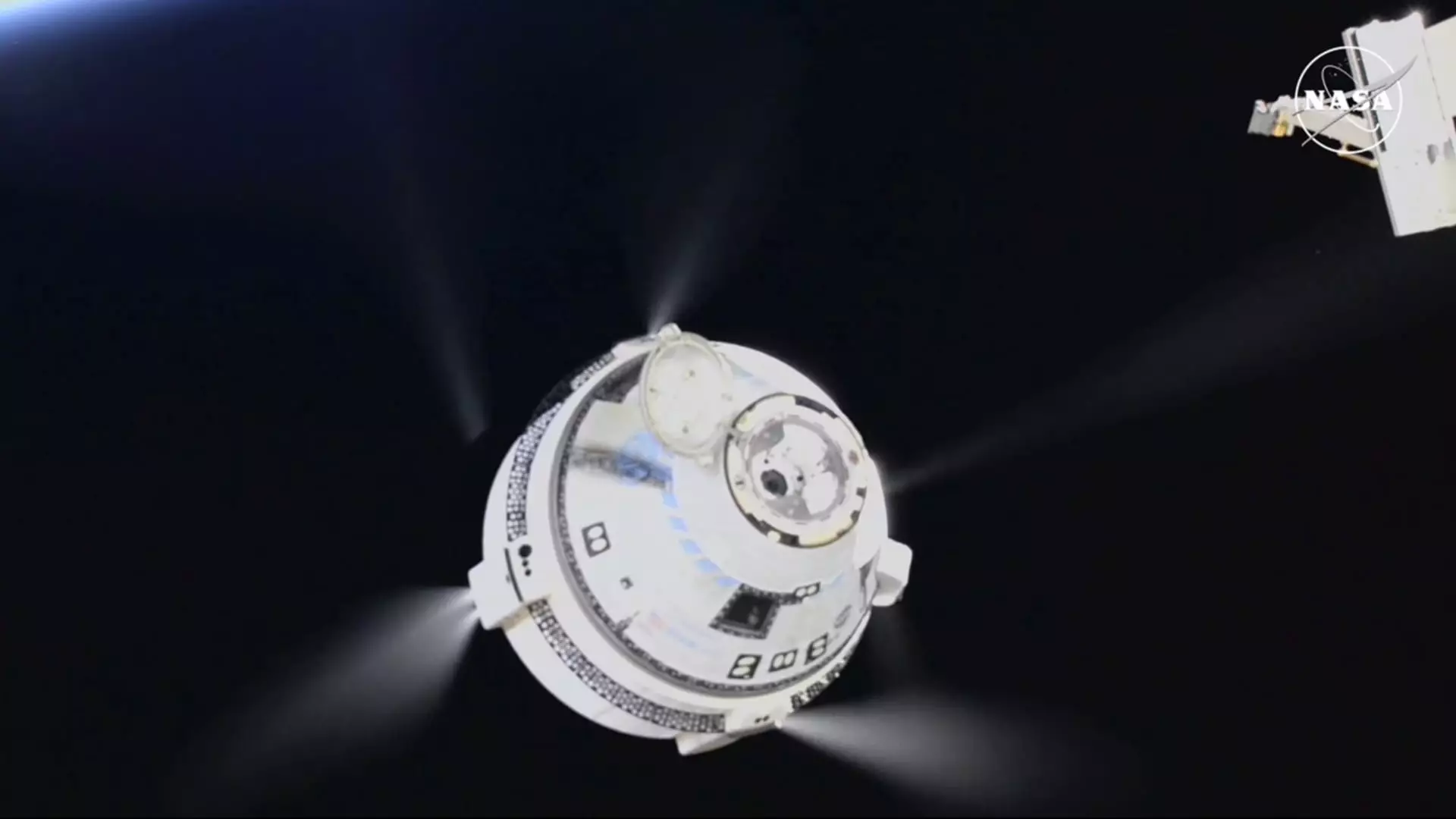Boeing’s Starliner spacecraft finally undocked from the International Space Station after a significant delay, leaving behind the two astronauts it had delivered to orbit earlier. The return journey to Earth took about six hours, culminating in a successful touchdown at White Sands Space Harbor in New Mexico. However, the undocking process was not without its challenges, as NASA officials had to adjust their procedures to protect the ISS in the absence of astronauts onboard to take manual control if needed.
Extended Test Flight
The return of Boeing’s Starliner marked the end of a test flight that far exceeded NASA’s initial predictions in terms of duration. Originally scheduled for a nine-day mission, the spacecraft ended up spending roughly three months at the ISS due to ongoing issues with its propulsion system. Boeing faced delays in returning the capsule multiple times to gather more data, emphasizing its safety for astronauts while acknowledging the need to address the underlying problems.
Setbacks and Implications
Despite plans for a crewed flight test that would have demonstrated Boeing’s readiness to support NASA’s missions, the prolonged test flight dealt a blow to both the company and the agency. With over $1.5 billion in losses already incurred, Boeing’s future involvement in NASA’s Commercial Crew Program is now in question. The setback not only affects Boeing’s standing in the aerospace industry but also jeopardizes NASA’s goal of having multiple companies capable of ferrying astronauts to the ISS.
The saga of Boeing’s Starliner underscores the complexities and challenges of space exploration. While setbacks are not uncommon in such endeavors, the extent of the delays and issues faced by the spacecraft raise significant concerns about safety, reliability, and long-term viability. As Boeing grapples with the fallout from this failed test flight, the future of its partnership with NASA hangs in the balance, highlighting the high stakes involved in human spaceflight missions.

